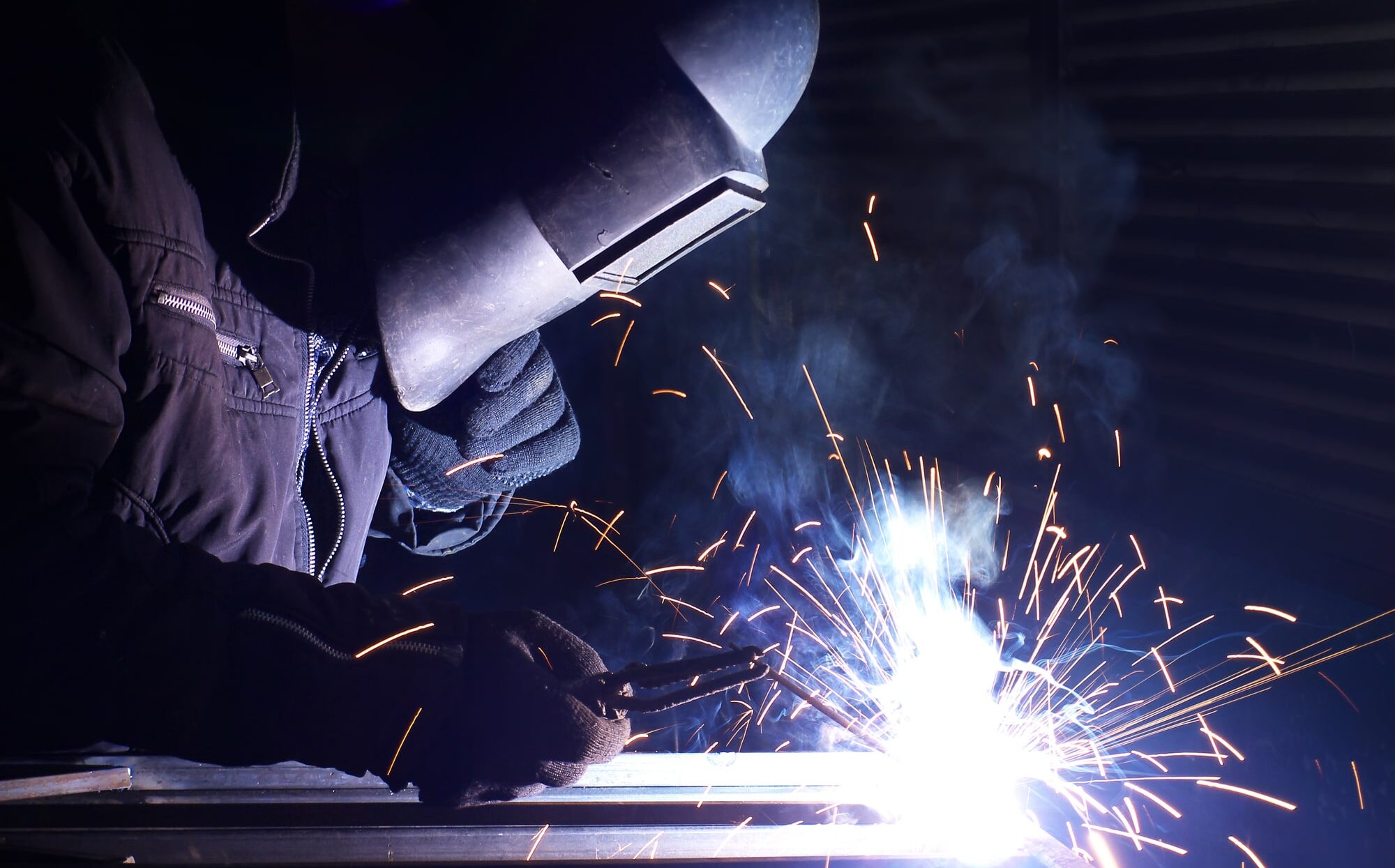How to Develop an Effective Welding WPS: Tips and Best Practices
How to Develop an Effective Welding WPS: Tips and Best Practices
Blog Article
The Ultimate Overview to Welding WPS Procedures: A Detailed Review for Welders
In the elaborate world of welding, Welding Treatment Specs (WPS) serve as the backbone of guaranteeing quality, uniformity, and safety and security in welding procedures (welding WPS). As we delve into the various elements of a WPS and discover the complexities of certification and accreditation, we will certainly discover the essential role these treatments play in the world of welding.
Significance of WPS Procedures
Recognizing the importance of Welding Treatment Requirements (WPS) treatments is crucial for ensuring the high quality and honesty of bonded frameworks. WPS treatments function as a roadmap for welders, describing the needed steps, criteria, and materials called for to achieve a sound weld. By adhering to WPS standards, welders can ensure uniformity in their work, resulting in reputable and structurally audio welds.
Among the main reasons why WPS procedures are essential is their role in maintaining weld top quality and honesty. Following the specified welding specifications and strategies described in the WPS assists prevent issues such as porosity, fracturing, or insufficient combination, which can endanger the stamina and toughness of the weld. Furthermore, WPS treatments are critical for ensuring compliance with industry standards and codes. By following established WPS guidelines, welders can demonstrate that their work meets the necessary requirements for safety and quality, providing guarantee to clients, assessors, and governing bodies. Essentially, the value of WPS treatments can not be overstated, as they are fundamental to achieving constant, high-grade welds that fulfill market standards and specs.

Parts of a WPS
A Welding Treatment Spec (WPS) commonly makes up important components that detail the details requirements for implementing a weld, making sure uniformity and quality in the welding procedure. The key elements of a WPS consist of necessary variables such as base steels, filler metals, preheat and interpass temperature levels, welding processes, shielding gases, welding placements, and post-weld warm treatment demands.
Base steels describe the products being signed up with, while filler metals are utilized to fill up the gap between the base metals throughout welding. Preheat and interpass temperature levels are important for managing the warmth input and stopping problems like splitting or distortion. The welding process describes the particular technique to be utilized, whether it's gas metal arc welding (GMAW), secured steel arc welding (SMAW), or an additional method. Securing gases protect the weld swimming pool from atmospheric contamination. Welding settings define the alignments in which welding can be carried out. Post-weld heat therapy may be necessary to relieve stresses and enhance the weld's homes. A complete understanding of these parts is vital for developing a comprehensive and reliable WPS.

Certification and Accreditation
Having actually developed the crucial elements of a Welding Procedure this post Spec (WPS), the focus currently changes in the direction of the vital elements of certification and qualification in welding practices.

Accreditation, on the other hand, is the formal recognition of a welder's certifications by a relevant certification body or organization. Welding accreditations are commonly based on the certain welding procedures, products, and positions a welder is certified to deal with. Holding a legitimate welding qualification demonstrates that a welder fulfills industry requirements and is qualified to carry out welding jobs to the called for specifications.
Creating a WPS
To establish a Welding Procedure Specification (WPS) that meets sector requirements, cautious factor to consider of welding procedures, materials, and operational criteria is important (welding WPS). The very first action in producing a WPS is to recognize the welding process to be made use of, such as gas metal arc welding (GMAW) or secured steel arc welding (SMAW) As soon as the welding process is established, the following important aspect is choosing the appropriate products, taking into consideration elements like base metal kind, density, and joint layout. Functional criteria such as welding current, voltage, traveling rate, and protecting gas make-up have to additionally be carefully specified in the WPS.

Carrying Out and Checking WPS
Upon wrapping up the extensive Welding Procedure Requirements (WPS) that thoroughly information welding procedures, materials, operational parameters, and top quality assurance measures, the emphasis changes to properly carrying out and keeping an eye on the recognized treatments. Implementation includes guaranteeing that all welders included in the project are acquainted with the WPS and follow it meticulously during the welding process. Reliable implementation and monitoring of the WPS are crucial for ensuring the stability, strength, and safety and security of the bonded joints, ultimately adding to the general success of the welding task.
Final Thought
To conclude, understanding and complying with Welding Procedure Requirements (WPS) is essential for welders to guarantee top quality, uniformity, and safety in their job. By knowing the elements of a WPS, obtaining appropriate qualifications and qualifications, creating comprehensive treatments, and executing and checking them successfully, welders can boost their skills and proficiency in welding methods. Sticking to WPS treatments is essential for creating high-quality welds and conference sector standards.
In the detailed world of welding, Welding Procedure Requirements (WPS) serve as the foundation of guaranteeing high quality, uniformity, and safety and security in welding operations. The welding process details the particular method to be used, whether it's gas steel arc welding (GMAW), protected steel arc welding (SMAW), or another method.To develop a Welding Procedure Spec (WPS) that fulfills sector standards, mindful factor to consider of welding processes, products, and functional criteria is essential. The very first action in developing a WPS is to recognize the welding procedure to be utilized, such as gas metal arc welding (GMAW) or shielded metal arc welding (SMAW)Upon finalizing the thorough Welding Treatment Specification (WPS) that thoroughly information welding processes, products, functional criteria, and quality assurance actions, the emphasis moves to successfully executing and checking the well established treatments.
Report this page